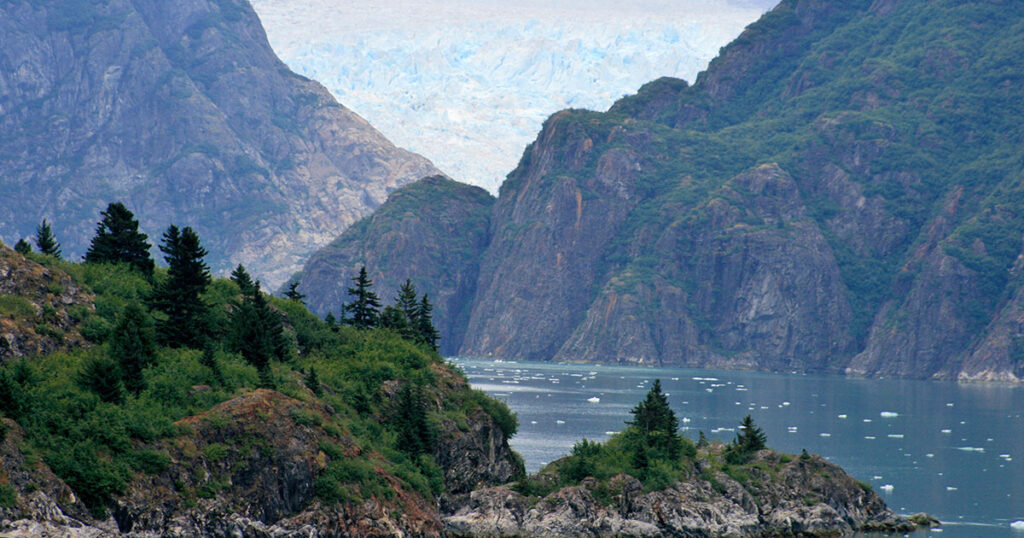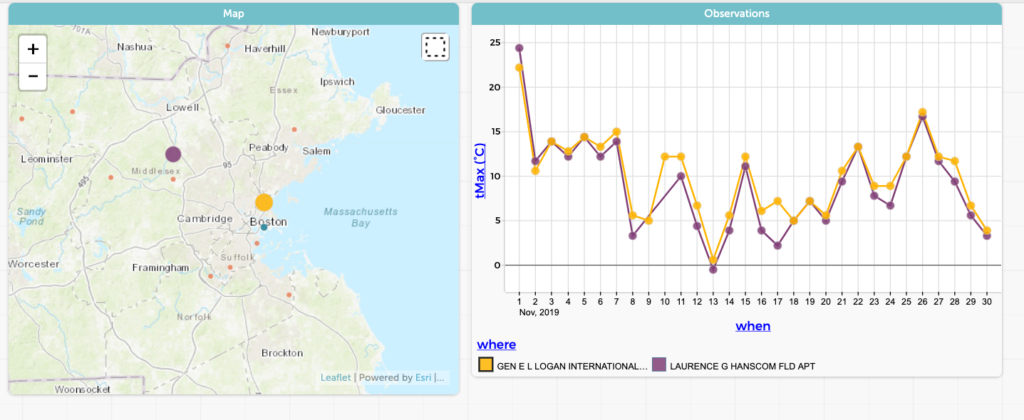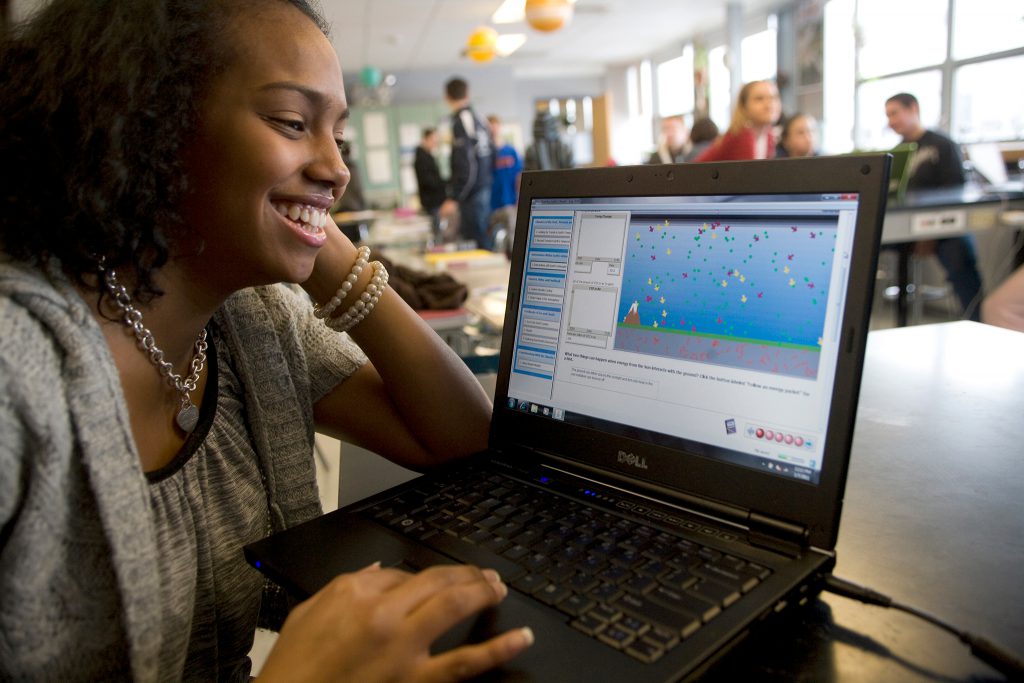Category: Tag: climate
Positioning middle school students in a culturally congruent epistemological stance (student-as-anthropologist), allowing them to build Earth science learning from both Indigenous knowledge as well as Western-style inquiry.
We experience weather every day. And it’s often the easiest icebreaker to start a conversation—“What’s the weather like in your neck of the woods?”—since weather is, well, everywhere! We know a lot about weather, too, thanks to datasets collected by the National Oceanic and Atmospheric Administration (NOAA). The NOAA database includes data from thousands of […]
The High-Adventure Science modules, first written in 2011-2013, are each based on a big unanswered question in Earth/environmental science. These six modules include interactive computer-based systems models and real-world data that students use for evidence as they develop scientific arguments. The modules incorporate real-world data from the National Aeronautic and Space Administration, National Oceanic and […]
We’re thrilled to announce that the popular High-Adventure Science (HAS) climate module is now available in Spanish. Many thanks (muchas gracias) to Penny Rowe (University of Santiago of Chile) and Cristián Rizzi (Universidad de San Andrés, Argentina) for taking this on! The Spanish-language version directly parallels the existing English-language version. The HAS climate module poses […]
Experiencing models of severe weather events allows students to monitor live radar screens and collect data as virtual thunderstorms pass through the classroom. Students will apply computational thinking skills as they create, evaluate, and combine forecast models.
In collaboration with the Educational Testing Service (ETS), we’re using an automated scoring engine to assess students’ written responses in real time and provide immediate feedback within two Earth science curriculum modules.
We’re bringing the excitement of scientific discovery to students by letting them explore pressing unanswered questions in Earth, space, and environmental science using the same methods that practicing scientists use.
In an earlier post on this blog I wrote about the need to increase our knowledge of how people think about climate change and then apply that knowledge to expedite policy changes. Subsequently I discovered that there is an active community of psychologists, experts in communications and other researchers who conduct valuable inquiries in this […]
What was Earth like 2.8 billion years ago? The first life was emerging on the planet. The Sun was weaker than it is today, but geologic evidence shows that the climate was as warm (or warmer) than it is today. Was Earth colder because of the weak Sun, or warmer, as geologic evidence suggests? How […]
About 33 million years ago, the Earth abruptly went from being warm and wet to having Antarctic ice cover. Only 23 million years after the Paleocene-Eocene Thermal Maximum, a time of some of the warmest temperatures on Earth, ice covered the surface. What happened? According to a recent study by scientists at Yale and Purdue universities, […]




